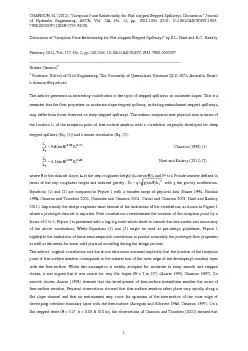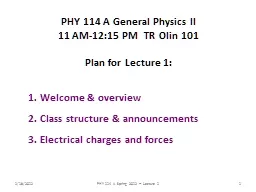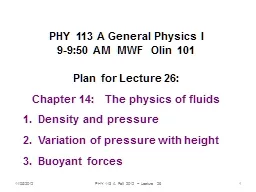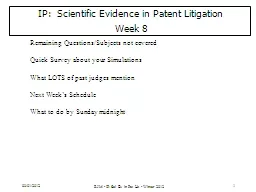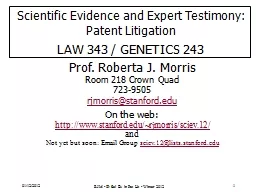PDF-CHANSON, H. (2012). "Inception Point Relationship for s. Discussion."
Author : briana-ranney | Published Date : 2015-10-25
Chanson 1994 1 86 with g the gravity acceleration Equations 1 and 2 are compared in Figure 1 with a broader range of physical data Baker 1994 Haddad 1998 Chanson
Presentation Embed Code
Download Presentation
Download Presentation The PPT/PDF document "CHANSON, H. (2012). "Inception Point Rel..." is the property of its rightful owner. Permission is granted to download and print the materials on this website for personal, non-commercial use only, and to display it on your personal computer provided you do not modify the materials and that you retain all copyright notices contained in the materials. By downloading content from our website, you accept the terms of this agreement.
CHANSON, H. (2012). "Inception Point Relationship for s. Discussion.": Transcript
Download Rules Of Document
"CHANSON, H. (2012). "Inception Point Relationship for s. Discussion.""The content belongs to its owner. You may download and print it for personal use, without modification, and keep all copyright notices. By downloading, you agree to these terms.
Related Documents

